Speaker
Description
The Crystal Eye idea comes from the follow-up of two gravitational waves events: GW170817 and GW190425. Both events were referred to neutron star mergers. In the first case Fermi-GBM and INTEGRAL claimed the detection of a short Gamma Ray Burst (GRB 170817A) and in order to follow up and target the GW electromagnetic counterparts, a huge effort has been made by other satellites and ground-based experiments. In the second case, only INTEGRAL claimed the detection of a faint GRB (GRB 190425) while Fermi satellite was in Earth occultation.
Crystal Eye is a space-based X and γ ray all-sky monitor sensitive in the 10 keV - 30 MeV energy range. Its baseline configuration consists of a hemisphere, made by 112 pixels, with a wide field of view (FOV, about 6 sr), a full sky coverage and a very large effective area (6 times Fermi-GBM at 1 MeV) in the energy range of interest. Given the pixel structure – a two-layer crystal scintillator and a plastic scintillator veto layer, and the hemispherical design – Crystal Eye concentrates a pointing capability approaching that of a γ ray telescope and the sky coverage of an all-sky monitor in a single detector. Moreover, the use of Silicon Photomultipliers (SiPMs) at the place of traditional PMs, besides being a challenge for their qualification for space missions, allows a more compact and less power-consuming design.
A Crystal Eye pathfinder has been designed and realized to be tested in view of the mission on the Space Rider by ESA. The prototype is made by 4 pixels. The mission is aimed at testing in the space environment the LYSO crystals, the MPPC-arrays and the DAQ board.
Started at University of Naples “Federico II”, the collaboration now includes GSSI and is growing.

